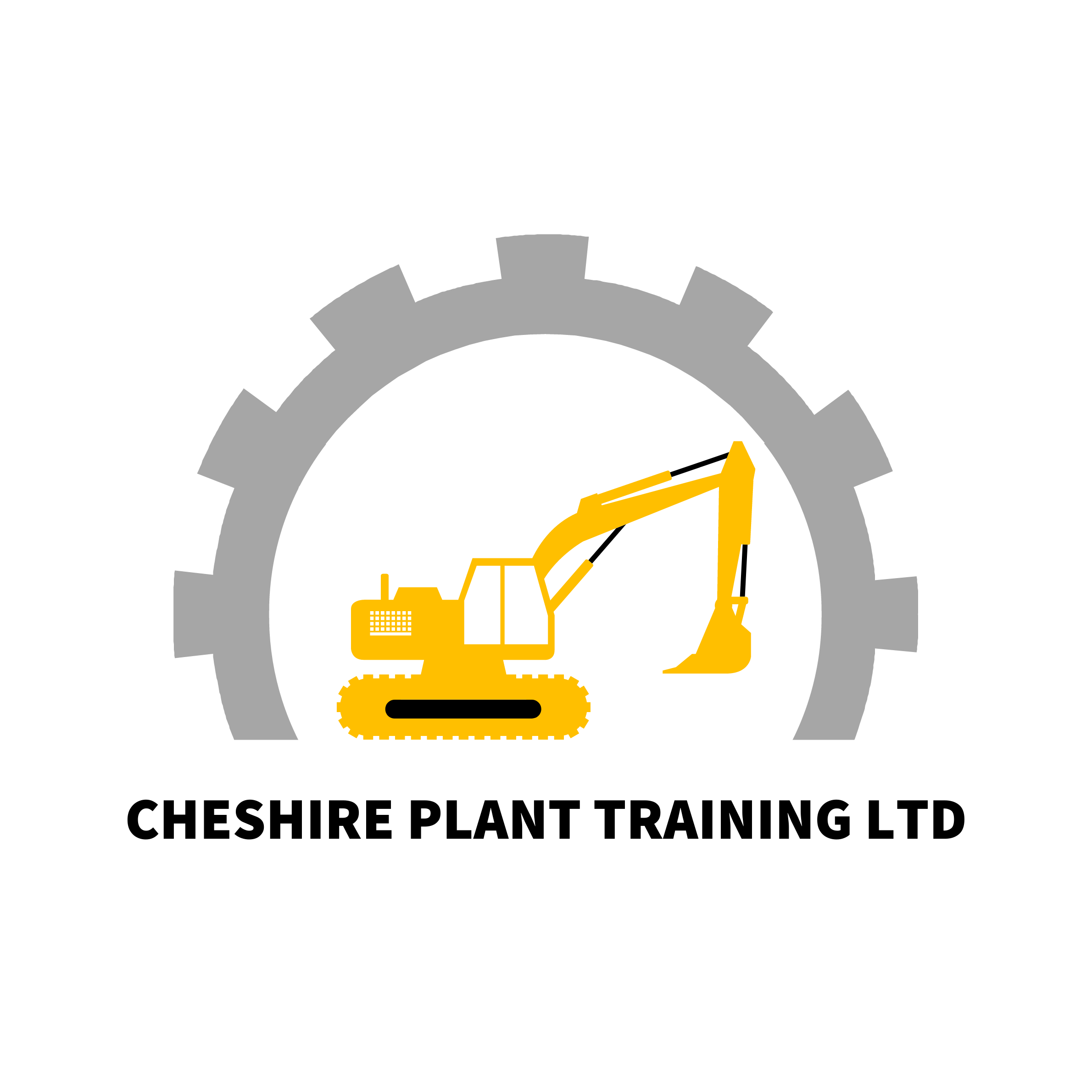When it comes to handling heavy materials and equipment on construction sites, few machines are as versatile and indispensable as the telescopic handler. Also known as telehandlers, these robust vehicles combine the functions of a forklift, crane, and work platform, making them a favorite among contractors and site managers. Let’s delve into what a telescopic handler does and why it’s such a valuable asset in various industries.
What is a Telescopic Handler?
A telescopic handler is a multi-purpose lifting machine equipped with a boom that can extend forwards and upwards. This boom, similar to a telescope, can be adjusted to different lengths, allowing the handler to reach various heights and distances. At the end of the boom, various attachments can be fitted, including forks, buckets, winches, and work platforms, depending on the task at hand.
Key Functions and Uses
1. Material Handling
One of the primary functions of a telescopic handler is to move and lift heavy materials. With forks attached, a telehandler can operate similarly to a forklift, transporting pallets of bricks, steel beams, and other building materials across rough terrain that a standard forklift couldn’t navigate.
2. Lifting and Placing Loads
Telescopic handlers excel in lifting loads to significant heights. They can place materials precisely on upper floors of buildings under construction, reach over obstacles, and deliver items to areas that are otherwise difficult to access. This capability is particularly useful in construction, agriculture, and logistics.
3. Versatility with Attachments
The ability to switch between different attachments makes the telehandler incredibly versatile. A bucket attachment can turn it into a mini-loader for moving loose materials like gravel or soil. A winch can allow it to function as a crane for lifting and lowering loads. Work platforms can elevate workers to heights for maintenance or installation tasks, enhancing safety and efficiency.
4. Rough Terrain Navigation
Telehandlers are designed with robust tires and powerful engines, enabling them to navigate uneven and rugged terrain. This makes them ideal for construction sites, farms, and industrial areas where smooth surfaces are not always available.
Advantages of Using Telescopic Handlers
1. Enhanced Productivity
The multifunctionality of telehandlers significantly enhances productivity on job sites. One machine can perform the tasks of several, reducing the need for multiple pieces of equipment.
2. Improved Safety
Telescopic handlers are equipped with stabilizers and advanced control systems to ensure safe operation, even when handling heavy loads at extended reaches. Work platforms also provide a safer alternative to ladders and scaffolding.
3. Cost-Effectiveness
Investing in a telehandler can be cost-effective in the long run, as it reduces the need for multiple machines and minimizes labor costs due to its efficiency and versatility.
Conclusion
Telescopic handlers are a testament to engineering innovation, providing a blend of strength, reach, and adaptability that few other machines can match. Whether in construction, agriculture, or industrial settings, their ability to perform a wide range of tasks efficiently and safely makes them an invaluable tool. For any operation requiring the lifting, moving, and placing of heavy materials, a telescopic handler is often the go-to solution, offering a perfect balance of power and precision.
